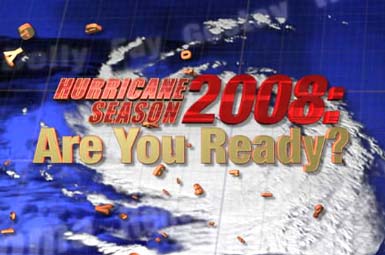|
File insurance claim
File Insurance Claim
If you don't have insurance yet, it may be too late. Many companies will refuse coverage once a watch has been issued.
If you have insurance but have since improved your home or bought high-ticket items such as appliances or computers, make sure you have increased your coverage.
What to Find Out From Your Agent
• Does your policy cover damage from high tides, water or backup from sewers or drains? Most standard homeowner policies don't.
• Ask if you live in a flood-prone area. You may be eligible for the Federal Flood Insurance Program.
• Ask what out-of-pocket expenses after a storm are covered.
• See whether your company will offer lower rates for improvements to your home that make it more secure.
How to Document Your Belongings
• Make a list of personal belongings and their costs, receipts and serial numbers.
• Take still photographs of each room and major items such as couches, televisions and curio cabinets and their contents.
• Or take a video camera for a walk-through of your home, with you or someone else describing items as you tape them. Include a close-up shot of that day's newspaper.
• Put inventories and pictures, as well as your insurance policy, in a safe deposit box or other safe place away from your home. If you'll be away during the storm, take a copy of your policy with you.
• Keep all receipts of purchases for storm protection. Some are tax-deductible.
Insurance Tips After a Storm
• Put inventories and pictures of your valuables, as well as your insurance policy, in a safe deposit box or other safe place away from your home.
• Immediately report to your insurance company. It may take a while to reach your agent or your company's toll-free number. Be patient. When you get through, be ready to provide your policy number, address and a phone number where you can be reached, especially if you will be staying elsewhere.
• Take "after'' videotape and still pictures of your home and damage to help with your claim.
• Keep receipts for all expenses after the storm; repairs, food, lodging, emergency equipment. Much of it is covered under your insurance and some is tax-deductible.
• If you have to leave your home, secure it as much as possible. Leave a telephone number where you can be reached. Paint your address and telephone number on a piece of wood or the side of your home. Don't paint your insurance policy number.
• Make sure to take pictures after repairs are done. If you have another loss, you don't want your agent to think the first repairs were never done.
• When the adjuster shows up, ask for identification.
• Beware of fly-by-night repair operations. Check credentials. To see whether a contractor is licensed, request his license number, then call the state's Electronic License Verification Information System.
• Call your state Department of Insurance Helpline
|
